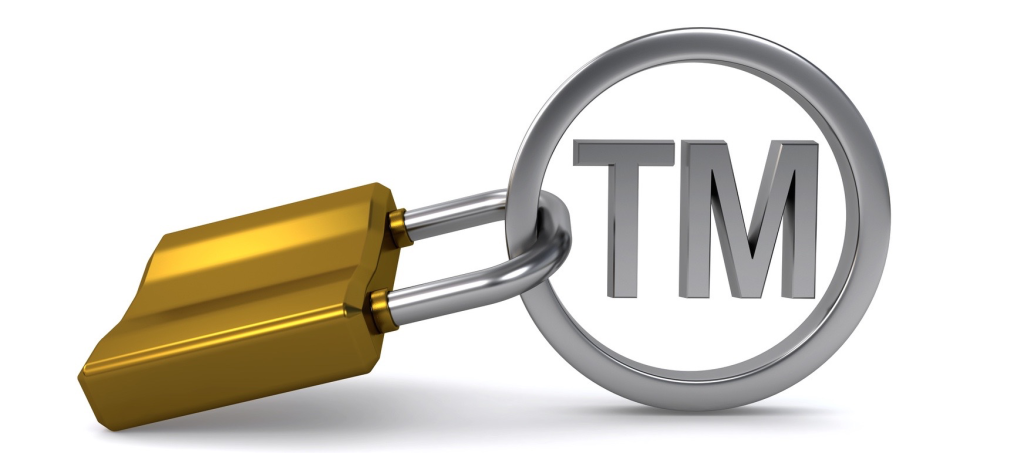Now Reading: Legal Aspects of Artificial Intelligence
-
01
Legal Aspects of Artificial Intelligence
Legal Aspects of Artificial Intelligence
Artificial intelligence refers to tasks performed by automated machines based upon neural networks or algorithms fed into it by interacting cognitively with humans. In the 21st century, Artificial Intelligence is the fourth generation wave that will revolutionize the way jobs are held by developing or third world countries. Here the focus is on the legalities of Artificial intelligence.
Artificial Intelligence and the Legal Arena
Artificial Intelligence can augur the creation of legal documents and formats based upon raw data. It can also provide strategic guidance in case histories by going through the old case records and determining for example what are the cases in which settlement/compromise can be arrived at. It spots designs, patterns and trends in raw data and then describes those findings in natural language. For instance AI will replace, say cross examining a driver involved in an accident by a lawyer in the conventional format by cross examination being conducted by an algorithm ie. an expert on the subject, through a questionnaire. Applying similar technique, legal documents can be produced, and such systems could also carry out many tasks given to the paralegals and junior associates.
Intellectual Property Rights and Artificial Intelligence
Intellectual Property Rights as a tool deals with the entire gamut of copyright, trademarks, patents and industrial design. Herein our focus will be on copyright, trademarks and patents.
Copyright or (Author’s right) encapsulates the rights creators have over their literary and artistic works. Works covered by copyright range from books, music, paintings, sculpture and films to computer programs, databases , technical drawings and the like.
A Copyright protects the Expression of an Idea and Artistic Works. The Copyright aspect would protect the following realms of Artificial Intelligence namely compilation of data, source code, data sets as programmed into the AI device, as all of these fall within the ambit of “Artistic Works”. Copyrights also have the potential to protect machine originated work such as new music. The lacunae herein are that most copyright statutes (internationally) do not clearly define who owns the machine generated work(the AI device or the feeder of the algorithm). This could be ascribed as a drawback owing to Artificial Intelligence, as Artificial Intelligence devices are programmed to work without human intervention, just by feeding algorithms into the device.
A Trademark is unique and is defined as a sign to identify the source origin of goods and services. It may consist of a combination of letter, words, sounds or logos that distinguish one company’s goods and services from another. A strong trademark adoption will propel Artificial Intelligence Companies to differentiate their products from competitors and act as a safety shield from passing off or infringement of trademarks.
In contradistinction Artificial Intelligence can propel trademark searches. In the usual scheme of things most of the present trademark search methodologies are antique. Trademark Public Search Government sites are clogged taking hours to throw up search results. Software search tools like MikeTM Search which are a product of AI conduct optimal and faster searches.
Patents – A patent is an exclusive right granted for an invention for a certain time limit which is a product or a process that provides in general, a new way of doing something, or offers a new technical solution to a problem. In order to obtain patent technical information about the invention must be disclosed to the public in a patent application. Patents regarding Artificial Intelligence mechanisms are difficult to obtain. The date on which the patent is filed assumes prime importance as an early “Priority date is most vital in view of the principle “First to file the Patent ”.Practical implementation gives a fillip to patentability- For example AI tools treating a physical object such as a medical device.
Cyber Laws and Artificial Intelligence
Application of Artificial Intelligence is potential fodder for hackers in the cyber world. By dint of AI, hackers would be able to attack and explore victim’s networks which are generally labour intensive tasks. AI mechanisms when planted are capable of serenading the victims multiple accounts thus eliciting all personal details. There would thus be a rise in malware attacks and security incidents across public cloud platforms.
Artificial Intelligence in legal operations
(A)Legal Research– Artificial Intelligence may augment legal research by providing for it in a far more systematic manner. It may further be able to predict the outcomes of litigation based upon the previous case study data.
(B) Contract Due Diligence– AI can act as a marker to carve out the dates and deadlines in a contract to alert the parties concerned to perform the contract on time.
(C) Legal Document Generation and Review– AI can come up with certain sections that are important clauses necessarily to be incorporated for contracts in the concerned jurisdictions.
Drawbacks
AI has certain drawbacks with legal implications. AI for instance is not yet applicable to financial transactions. The lending of money to another on one’s behalf poses problems as to how will debt repayment take place( who will be the lender, the AI device carrying out the transaction or the lender in person who owns the money).
Another case in point is that of automated machines. Automated machines do not have a check in place for speeding. According to California law the designer of the system will be liable in event of an accident. On the flipside a ‘Chatbot’ has been designed in the U.S for instructing drivers as to curbing parking violations.
Conclusion
An artificial intelligence technique called natural language processing has proved useful in scanning and predicting what documents will be relevant to a case, for example. Yet other lawyers’ tasks, like advising clients, writing legal briefs, negotiating and appearing in court, seem beyond the reach of computerization, for a while. Highly paid lawyers will spend their time on work on the upper rungs of the legal task ladder. Other legal services will be performed by nonlawyers — the legal equivalent of nurse practitioners — or by technology.
Author: SPITI SARKAR








